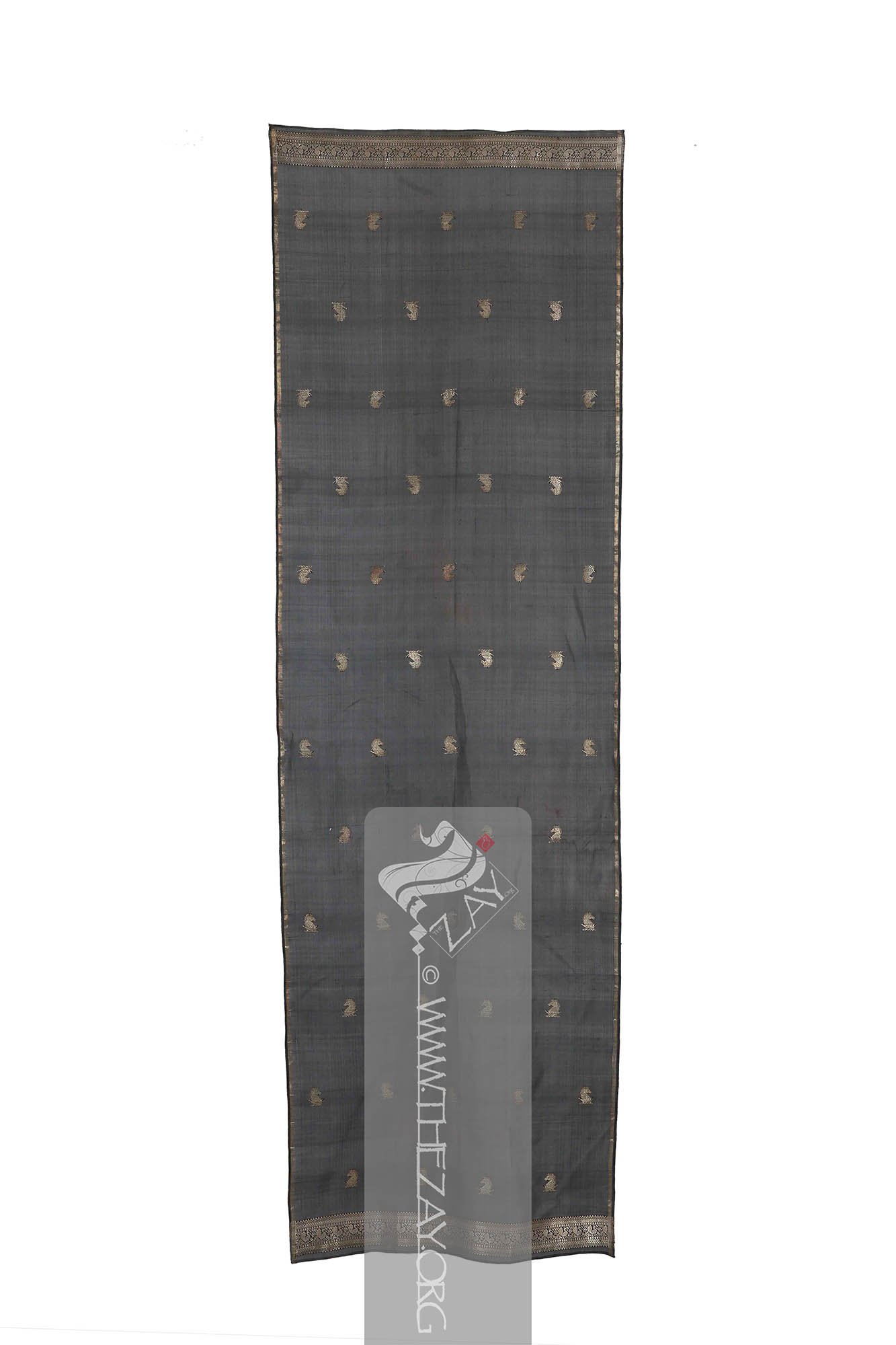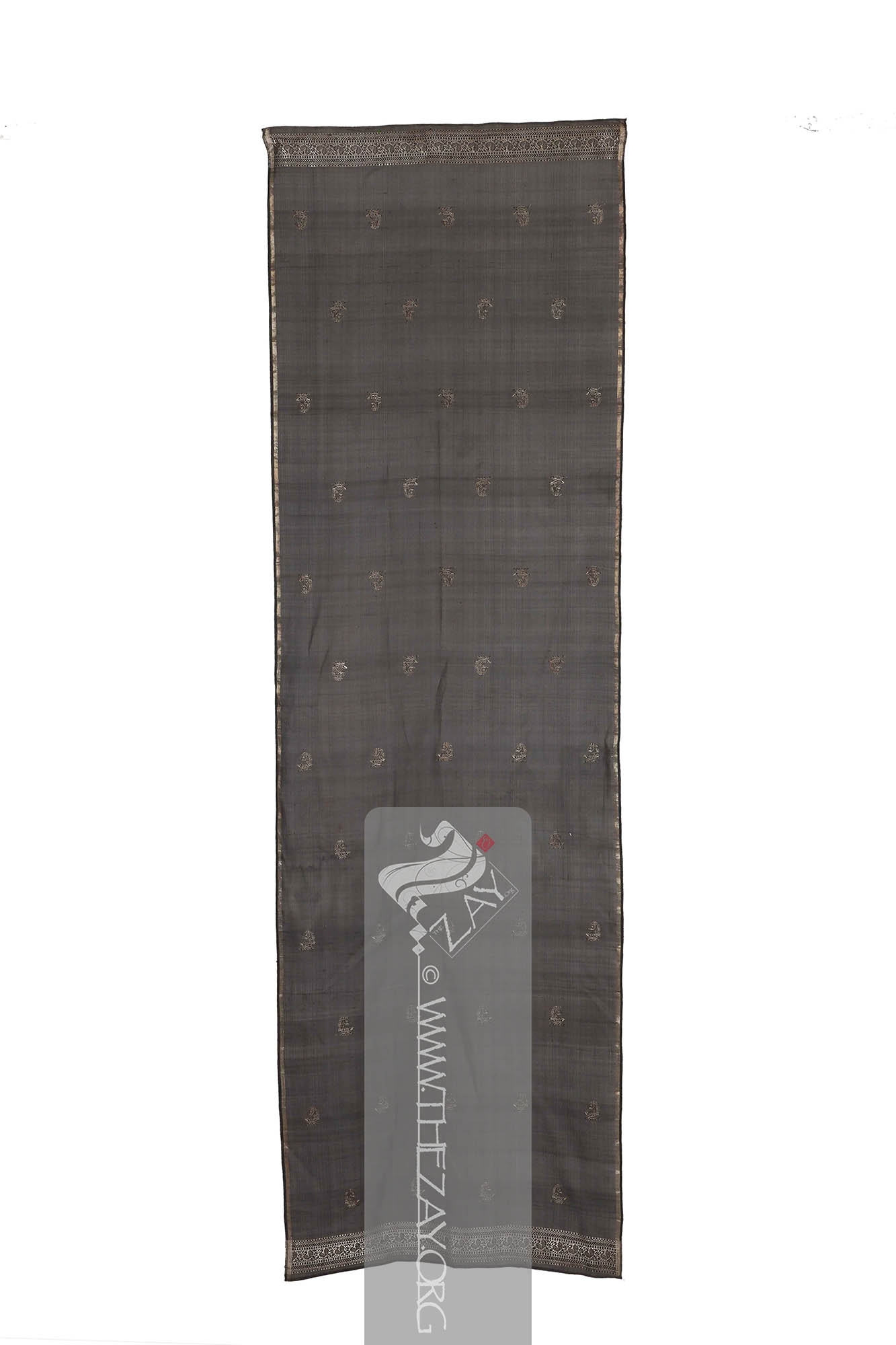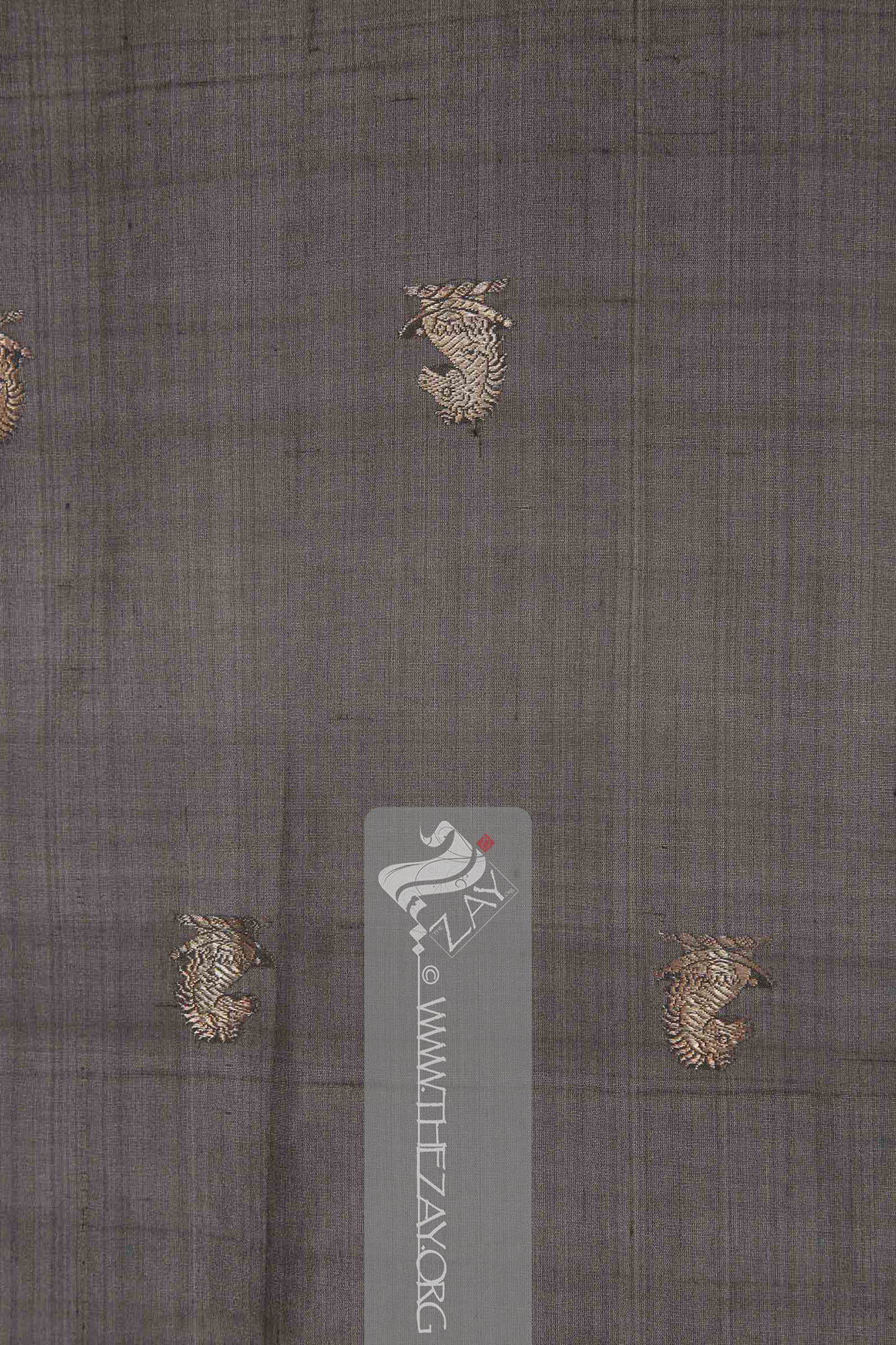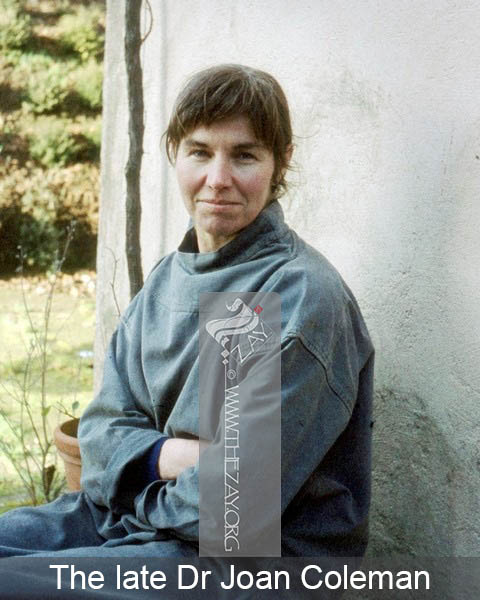Object NoteA set of four objects with three in possession of the
Zay
Zay: (Arabic: costume, Pl. azyaā’), a set of clothes in a style typical of a particular country or historical period. Initiative along with (
ZI2020.500784 ASIA,
ZI2020.500785 ASIA,
ZI2020.500786 ASIA).
Object HistoryThis silk (
brocade
Brocade: (Italian: brocco – twisted thread), is a richly decorative fabric woven with an intricate raised pattern. Its origins can be traced back to ancient China, where it was made for the imperial court. It later spread to Europe during the Renaissance and became popular in couture and decorative arts. )
scarf
Scarf: (English), usually a rectangular piece of cloth loosely worn over the shoulders, upper body and arms, and sometimes also over the head. possibly dating back to the 19th century was originally a part of the Dr Joan Coleman Collection. It was first purchased along with (
ZI2020.500784 ASIA). Later The
Zay
Zay: (Arabic: costume, Pl. azyaā’), a set of clothes in a style typical of a particular country or historical period. Initiative managed to acquire it from Kerry Taylor Auctions in 2020.
Dr Joan Coleman began collecting shawls in 1976 and developed her lifelong passion for collecting. She was a regular at the London salesrooms of Christie’s, Sotheby’s, and Phillips – three of the most outstanding auction houses of the period in the world – getting to know the dealers and learning in the process. She acquired vast knowledge and dedicated hours carefully cataloguing her ever-growing collection. She intended to loan her collection to different museums and institutions for the benefit of learning and education. Her collection is one of the largest and the finest private
shawl
Shawl: (Persian: shāl from Hindi: duśālā – Shoulder Mantle), a shawl is a South Asian version of a scarf worn or wrapped loosely over the shoulders and is usually made of wool. collections to have ever graced the world with shawls ranging from Kashmir,
Paisley
Paisley: (Scottish Gaelic, Pàislig: a town in Scotland), often called buta, boteh, amli, or kalgi in the subcontinent and kazuwah in Arabic, is a Persian tear drop motif with a curved end specially in textiles. Its popularity and subsequent local production in 18th century at Paisley are responsible for its nomenclature., Edinburgh, Norwich, France, and Iran.
Object Features This is a silk stole or
scarf
Scarf: (English), usually a rectangular piece of cloth loosely worn over the shoulders, upper body and arms, and sometimes also over the head., rectangular in shape and slate grey in colour woven (
selvedge
Selvedge: (English: Self-finished edge or self-edge: a dialect forming transition), an edge produced on woven fabric during manufacture that prevents it from unravelling. Traditionally the term selvage applied to only loom woven fabric, presently it could be applied to flat knitted fabric too. ) to
selvedge
Selvedge: (English: Self-finished edge or self-edge: a dialect forming transition), an edge produced on woven fabric during manufacture that prevents it from unravelling. Traditionally the term selvage applied to only loom woven fabric, presently it could be applied to flat knitted fabric too. in
satin
Sātin: (Arabic: Zaytuni: from Chinese port of Zayton in Quanzhou province where it was exported from and acquired by Arab merchants), one of the three basic types of woven fabric with a glossy top surface and a dull back. Originated in China and was fundamentally woven in silk. and (
zari
Zarī: (Persian two-syllables: zar: gold & dozi: embellishment), complex embroidery technique that uses metal alloy on silk, satin, or velvet, and may include pearls, beads, and precious stones. Colloquially in the Arab gulf region, the term (zarī) is loosely applied to any gilded thread, embellishment or gilded brocade fabric. Originated in ancient Persia it has been used extensively in Indian and Middle Eastern textiles for centuries. ) or silver/gold wire.
The
scarf
Scarf: (English), usually a rectangular piece of cloth loosely worn over the shoulders, upper body and arms, and sometimes also over the head. flaunts two (
warp
Warp: One of the two basic components used in weaving which transforms thread or yarns to a piece of fabric. The warp is the set of yarns stretched longitudinally in place on a loom before the weft
Weft: one of the two basic components used in weaving that transforms thread or yarns into a piece of fabric. It is the crosswise thread on a loom that is passed over and under the warp threads. is introduced during the weaving process. ) end borders that are comparatively broader than its (
weft
Weft: one of the two basic components used in weaving that transforms thread or yarns into a piece of fabric. It is the crosswise thread on a loom that is passed over and under the warp threads.) ones. While the
weft
Weft: one of the two basic components used in weaving that transforms thread or yarns into a piece of fabric. It is the crosswise thread on a loom that is passed over and under the warp threads. borders are constructed of a few thin lines in
zari
Zarī: (Persian two-syllables: zar: gold & dozi: embellishment), complex embroidery technique that uses metal alloy on silk, satin, or velvet, and may include pearls, beads, and precious stones. Colloquially in the Arab gulf region, the term (zarī) is loosely applied to any gilded thread, embellishment or gilded brocade fabric. Originated in ancient Persia it has been used extensively in Indian and Middle Eastern textiles for centuries. , the
warp
Warp: One of the two basic components used in weaving which transforms thread or yarns to a piece of fabric. The warp is the set of yarns stretched longitudinally in place on a loom before the weft
Weft: one of the two basic components used in weaving that transforms thread or yarns into a piece of fabric. It is the crosswise thread on a loom that is passed over and under the warp threads. is introduced during the weaving process. borders comprise an elaborate design in three tiers. The first and the third tier consist of densely repeated chevrons and arrowheads while the second tier encased between the first and the third flaunts twenty stylized peacocks with their trains up and spread behind them.
The body of the
scarf
Scarf: (English), usually a rectangular piece of cloth loosely worn over the shoulders, upper body and arms, and sometimes also over the head. is scattered with a motif of an armorial horse head resting on a shamshir or Indian cutlass repeated at measured intervals. The weave for both the borders and the body is reversible. The
scarf
Scarf: (English), usually a rectangular piece of cloth loosely worn over the shoulders, upper body and arms, and sometimes also over the head. is completed by a very well-executed, sturdy, and clean handstitched hem.
Although the origin and date of this item are unavailable, it could be estimated as a c. 19th-century piece. The material, and style of weave as well as the design points at Banaras – Anglicized: Varanasi – one of the major hubs of silk weaving in the Indian subcontinent. Similarly, the function of this piece is undefined and unidentified, however, from the size, dimensions, and design it could be concluded that it was a men’s accessory although similar pieces could be used by women as veils.
More InfoThe silk industry in Varanasi or Banaras has been one of the oldest and most renowned silk-weaving industrial hubs in India for over 2,000 years, with the industry dating back to the 6th century BCE. Situated on the banks of the river Ganges which provides fertile soil and ideal condition, the city thrives from its mulberry cultivation which forms the primary food source for the silkworms.
The silk weaving technique used in Varanasi is called (
Banarasi_silk
Banarasī_silk: It is a luxurious brocade
Brocade: (Italian: brocco – twisted thread), is a richly decorative fabric woven with an intricate raised pattern. Its origins can be traced back to ancient China, where it was made for the imperial court. It later spread to Europe during the Renaissance and became popular in couture and decorative arts. fabric woven in silk in Varanasi, India, using a special weaving technique. It is known for its intricate designs and use of gold and silver threads. ) or simply "Banarasi". It involves intricate designs and patterns woven onto pure silk fabrics. One of the most striking features of
Banarasi_silk
Banarasī_silk: It is a luxurious brocade
Brocade: (Italian: brocco – twisted thread), is a richly decorative fabric woven with an intricate raised pattern. Its origins can be traced back to ancient China, where it was made for the imperial court. It later spread to Europe during the Renaissance and became popular in couture and decorative arts. fabric woven in silk in Varanasi, India, using a special weaving technique. It is known for its intricate designs and use of gold and silver threads. is the use of gold and silver threads, called
zari
Zarī: (Persian two-syllables: zar: gold & dozi: embellishment), complex embroidery technique that uses metal alloy on silk, satin, or velvet, and may include pearls, beads, and precious stones. Colloquially in the Arab gulf region, the term (zarī) is loosely applied to any gilded thread, embellishment or gilded brocade fabric. Originated in ancient Persia it has been used extensively in Indian and Middle Eastern textiles for centuries. , which are woven into the fabric to create brocades with intricate designs and patterns. The
zari
Zarī: (Persian two-syllables: zar: gold & dozi: embellishment), complex embroidery technique that uses metal alloy on silk, satin, or velvet, and may include pearls, beads, and precious stones. Colloquially in the Arab gulf region, the term (zarī) is loosely applied to any gilded thread, embellishment or gilded brocade fabric. Originated in ancient Persia it has been used extensively in Indian and Middle Eastern textiles for centuries. is made from fine metallic wire, which is wrapped around a silk thread and then woven into the fabric using the same technique as the silk threads.
Today, the industry continues to thrive, with many skilled artisans passing down their knowledge and techniques from generation to generation that have helped them secure Geographical Indication rights – internationally recognized intellectual property rights to protect products originating from a specific region possessing certain qualities – to ‘Banaras Brocades and Saris’. The industry is an important source of employment and income for many people in the region, and the exquisite fabrics produced here are highly sought after both in India and around the world.
Links
- Faisal, Sana. "The Decline of Varanasi Silk Handloom Cottage Industry: A Case Study of Brocade
Brocade: (Italian: brocco – twisted thread), is a richly decorative fabric woven with an intricate raised pattern. Its origins can be traced back to ancient China, where it was made for the imperial court. It later spread to Europe during the Renaissance and became popular in couture and decorative arts. Weaving Community in Varanasi." Chitrolekha International Magazine on Art and Design, vol. Vol. 6, no. 2, 2016, https://doi.org/http://dx.doi.org/10.21659/chitro.v6n2.07.
- TEXTILES AND CLOTHING ALONG THE SILK ROADS. Edited by Fang Zhao and Marie L. Nosch, UNESCO and China National Silk Museum, 2022.
- Sethi, Ritu. Handmade for the 21st Century: Safeguarding Traditional Indian Textiles. UNESCO, 2022.









